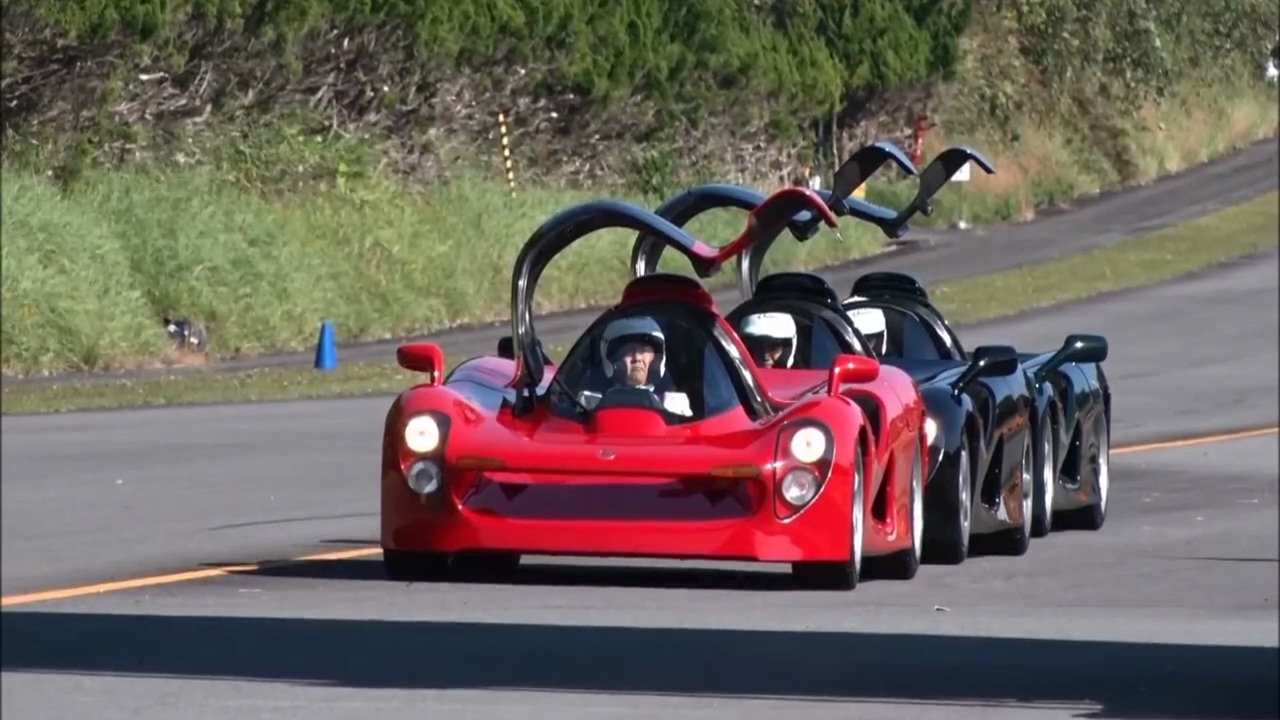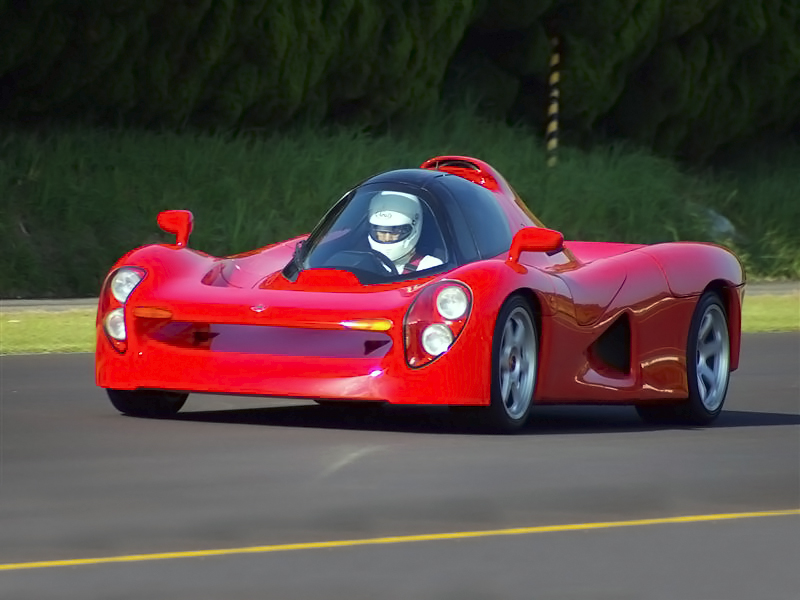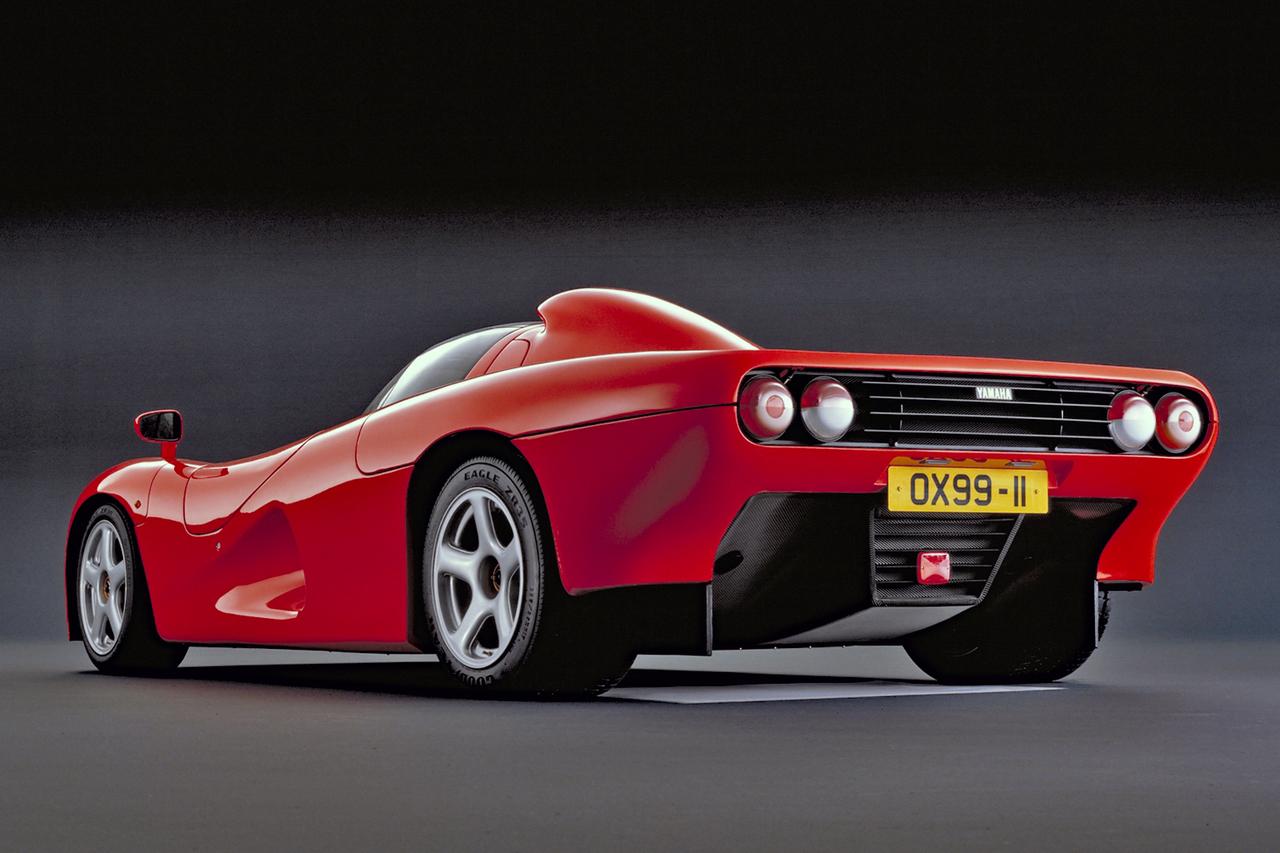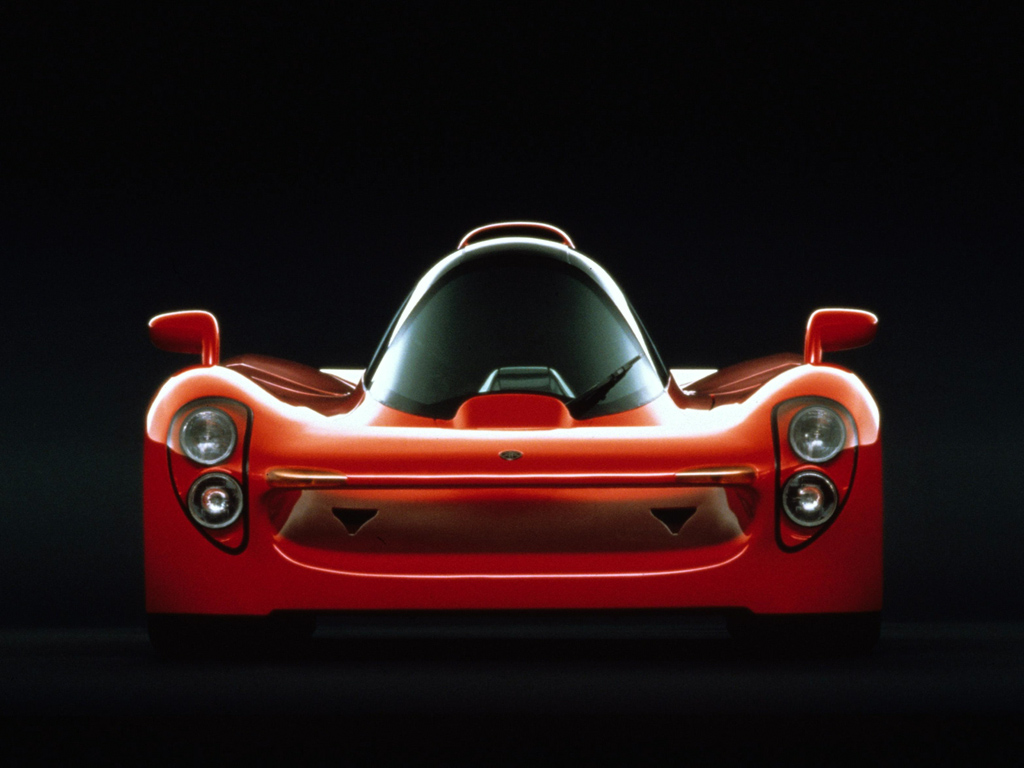Photo credit: Yamaha, Wheelsage
Those who have tied their image to the world of motorcycle racing and engine technology, might be tempted to think of four wheels. Four high-performance wheels, of course, particularly if your name is Yamaha. Four successful wheels, if you in possession of that Japanese culture which morally commits those who engage in sport to honouring their country.
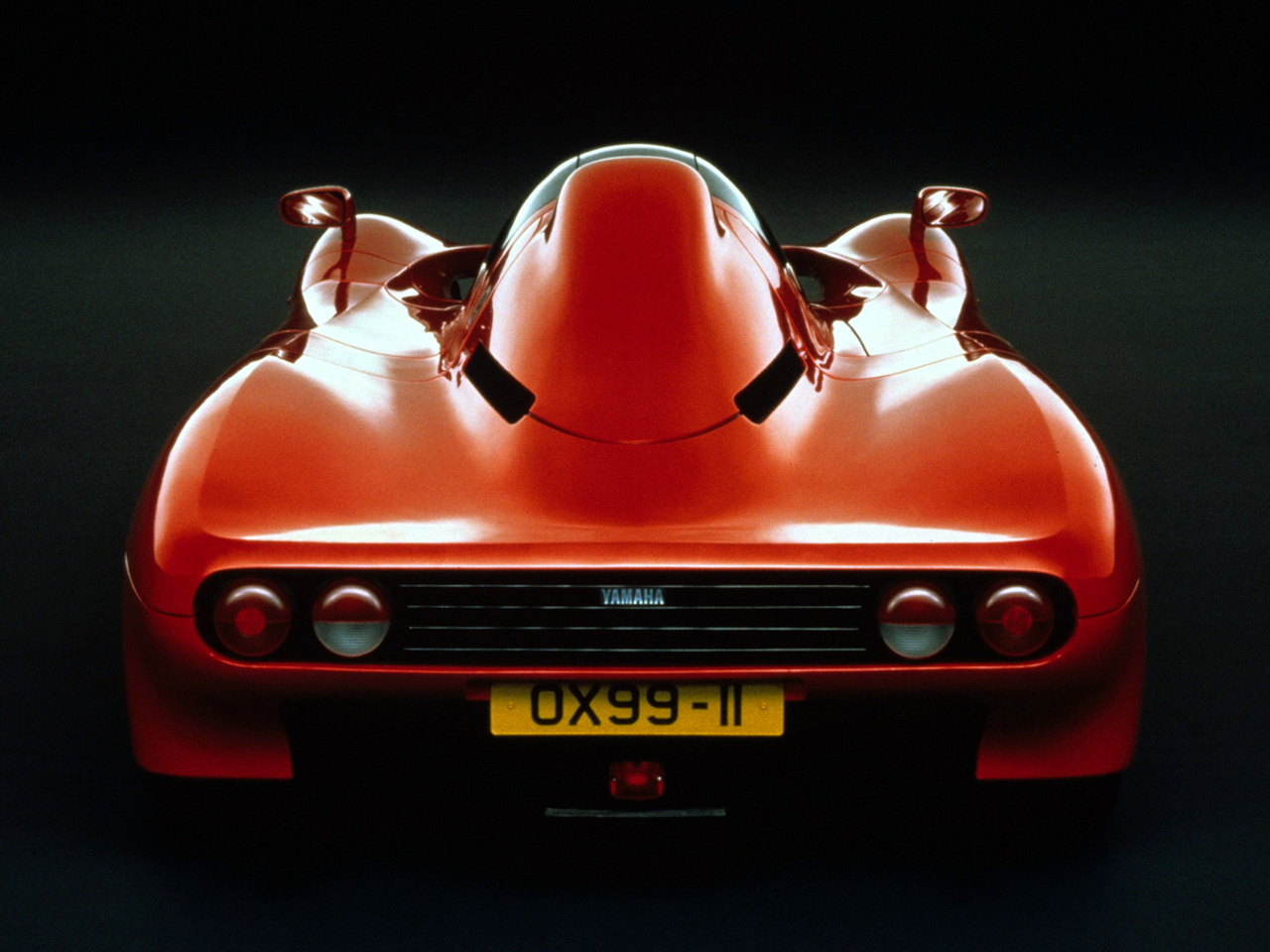
The path taken by Yamaha at the end of the 80s for automotive engines was to seek maximum thermodynamic efficiency, proving to be veritable precursors of what is today the priority for current Formula 1 engines. However, the results obtained from tests with different engine sizes ranging from 6 all the way up to 12 cylinders, were insufficiently convincing in terms of reliability.
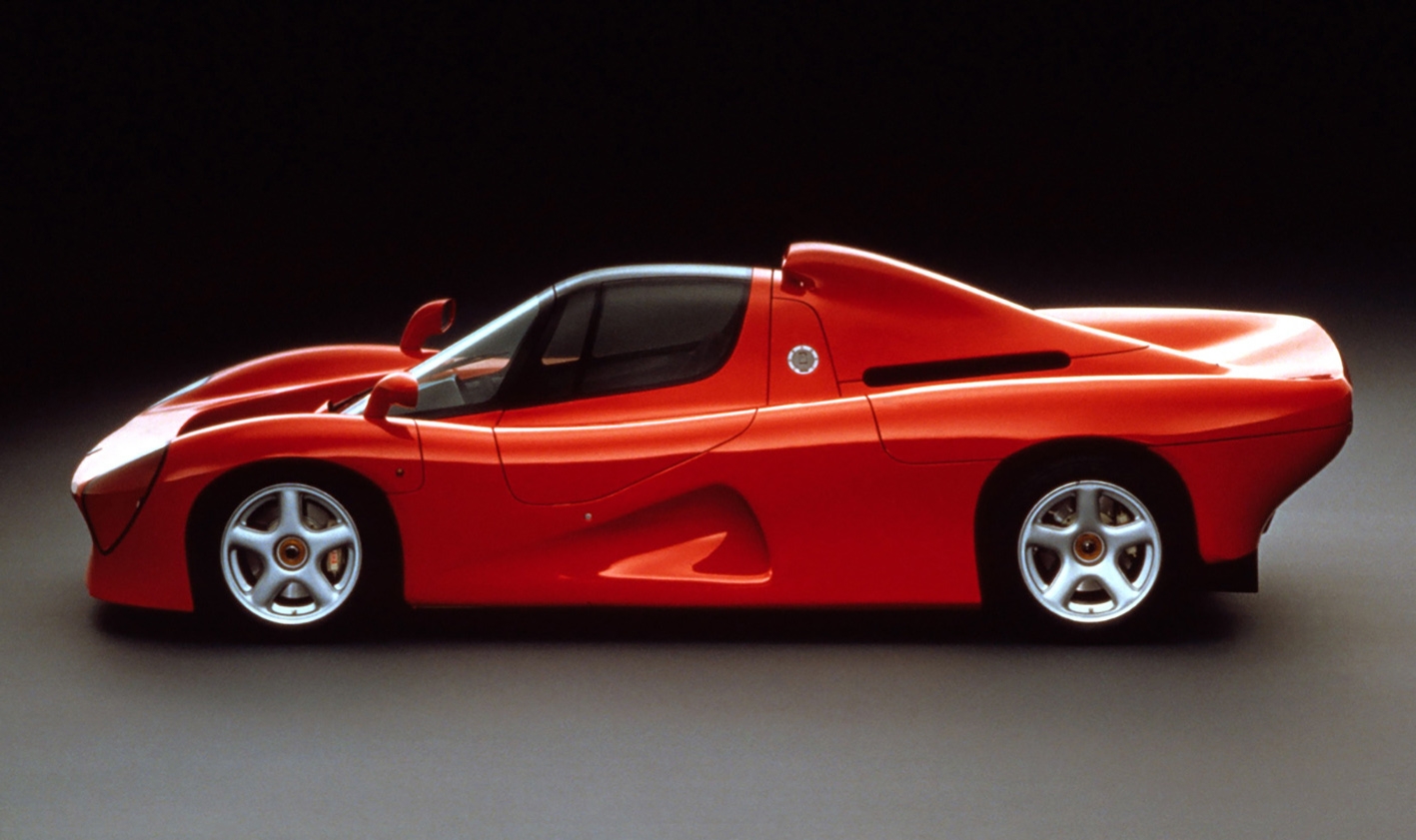
The collaboration with Cosworth and the adaptation of the classic DFW engine for Yamaha’s experiments gave results only in the Japanese Formula 3000 series. The road to Formula 1 was a particularly fierce one, so much so that after several attempts, it was abandoned.

This was the context of the idea to propose a road-legal car that, in reality, was conceived as a Formula 1 with covered wheels, central driving position and in-line seats just like on fighter planes. The V12 engine, detuned to 400 horsepower and a rev limiter set to 10,000 rpm promised a maximum speed of 350 km/h and just 3.2 seconds for the sprint from 0 to 100 km/h.
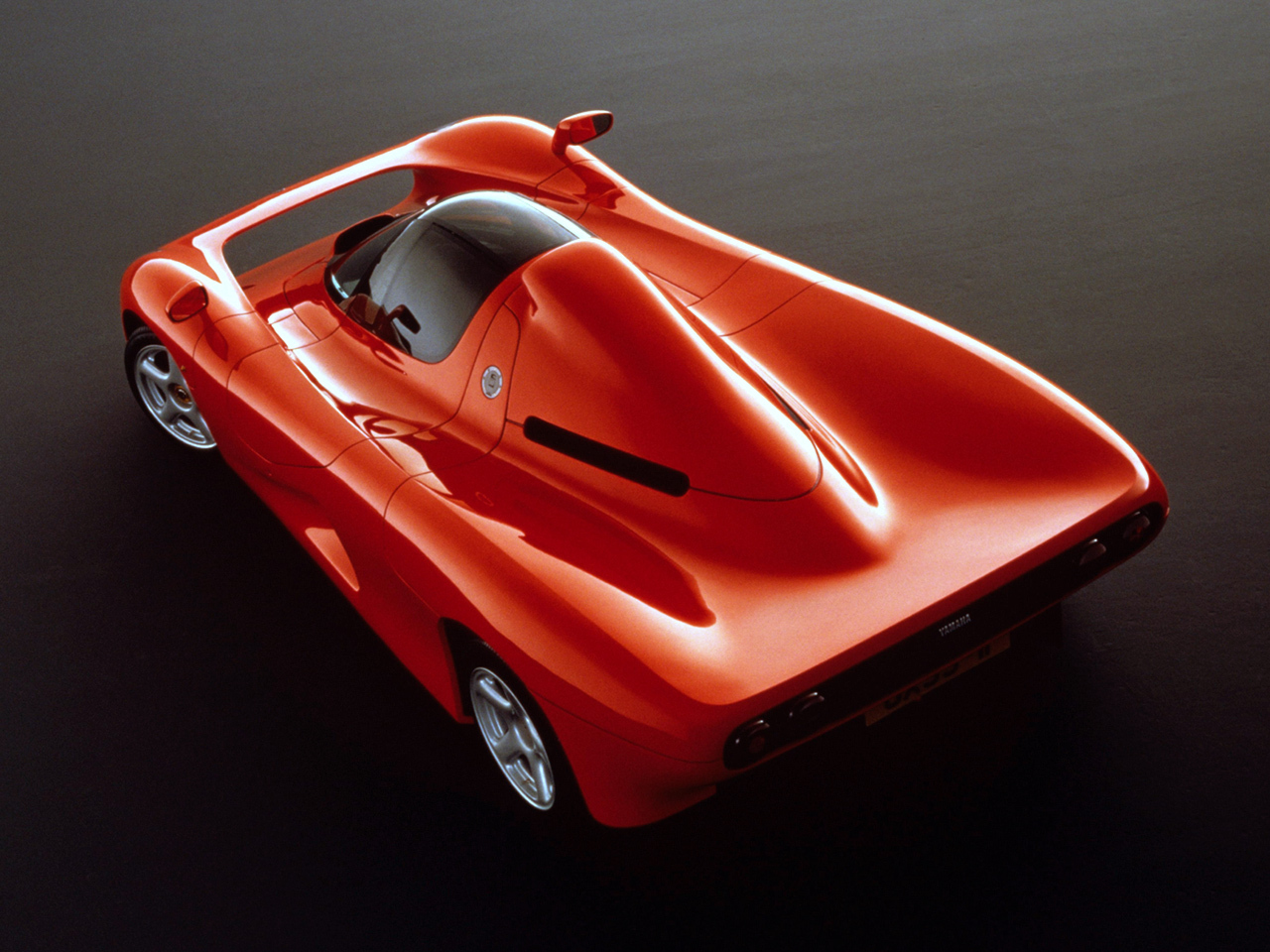
More charming than beautiful, painted in red for easily imaginable reasons, a single door with a gull-wing opening, weighing just 1,150 kg, it might well have been an attractive impulse buy for a clientele that was passionate about supercars. But in 1990, the price they were asking was beyond all market levels: $800,000 was simply too much and the three prototypes they built did not find a home. Almost as if destiny said, “let’s stop here and continue to win with our bikes”.
